Surgery is done under general anesthesia, which means you will be completely asleep. An
anesthesiologist will go over the possible side effects and risks of general anesthesia, but it is
generally very safe.
A team will take care of you in the operating room including your surgeon, surgical assistants,
scrub tech, circulating nurse, and anesthesia providers. If you are having surgery at an
academic medical center, medical students, resident doctors, and fellows may assist with your
surgery.
An incision will be made through your skin and the skin lifted to expose the parotid gland and
tumor. Different incisions can be used, but the goal is to hide the incision in existing wrinkles to
minimize the scar.
The nerve that controls facial motion runs through the parotid gland. If this nerve is damaged,
the patient may lose all or portions of facial movement on that side, such as smiling, blinking,
and raising eyebrows. For some cancers, the nerve may need to be removed to clear disease,
even if there is normal facial function before surgery. This should be discussed with your
surgeon. In general, if the nerve is working before surgery, the goal is to preserve it, unless it is
surrounded by cancer. Imaging and biopsies of the mass may help to predict the potential need
for nerve removal. Many surgeons will use a facial nerve monitor; this device uses small
electrodes placed into the facial muscles to monitor the safety of the nerve during surgery. The
most important factor in protecting the nerve is good surgical technique and decision making.
The tumor should be removed as one piece with a small amount of normal parotid tissue around
it to minimize the risk of tumor regrowth.
When the diagnosis of cancer is known, surgery to remove some lymph nodes, called a neck
dissection, may be performed, usually through the same incision.
After the tumor is removed, reconstruction may be performed to fill in the hole left by the tumor,
to cover the raw gland to prevent saliva leakage, and to cover the facial nerve. Some options for
reconstruction include fat or dermal grafting, local muscle flaps, rotating nearby skin, regional or
free tissue transfer. The best option may depend on how much tissue is removed and from
where, your surgeon’s expertise, and your preferences. If one or more branches of the facial
nerve are removed by surgery, nerve grafting may be done to fix the nerve.
A drain, which is a plastic tube attached to a container, may be placed into the wound to remove
blood and fluid. The face may be wrapped with bandages to place pressure on the wound. Your
surgeon will decide whether these are needed, and how long they will remain in place.
There are different ways to close the skin after surgery including stiches, glue, and tapes. Some
stitches are absorbable, and others may need to be removed about a week after surgery.
There are different ways to close the skin after surgery including stiches, glue, and tapes. Some
stitches are absorbable, and others may need to be removed about a week after surgery.
